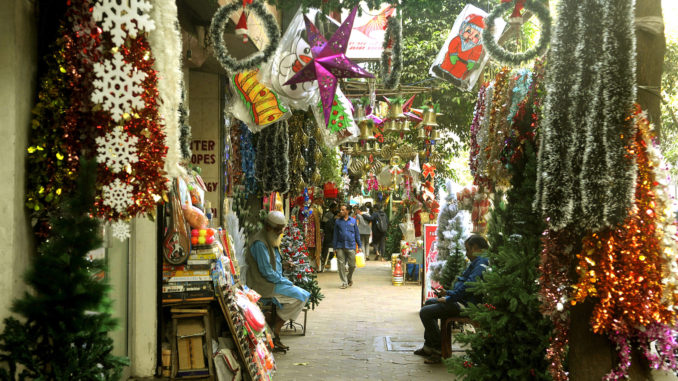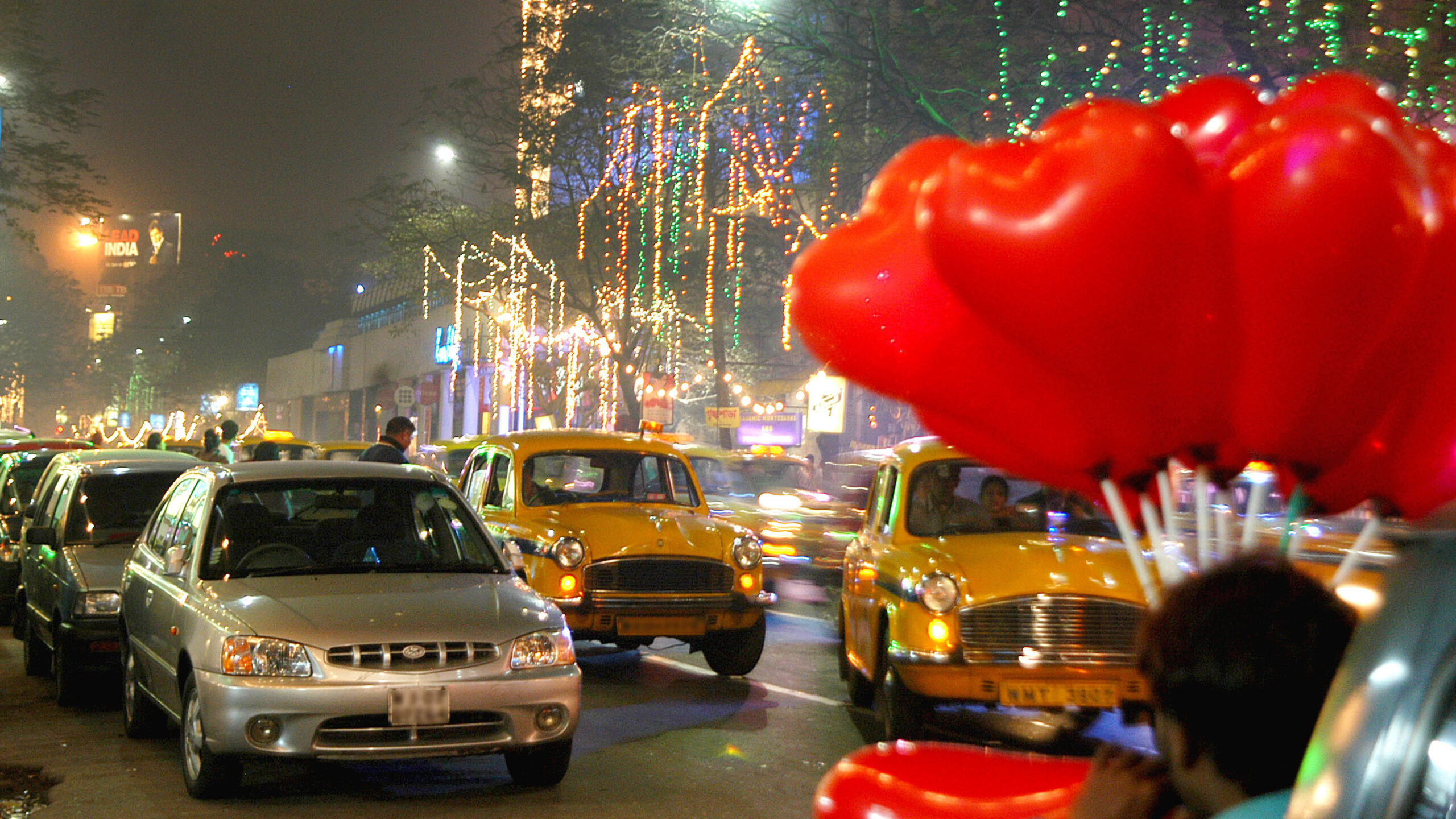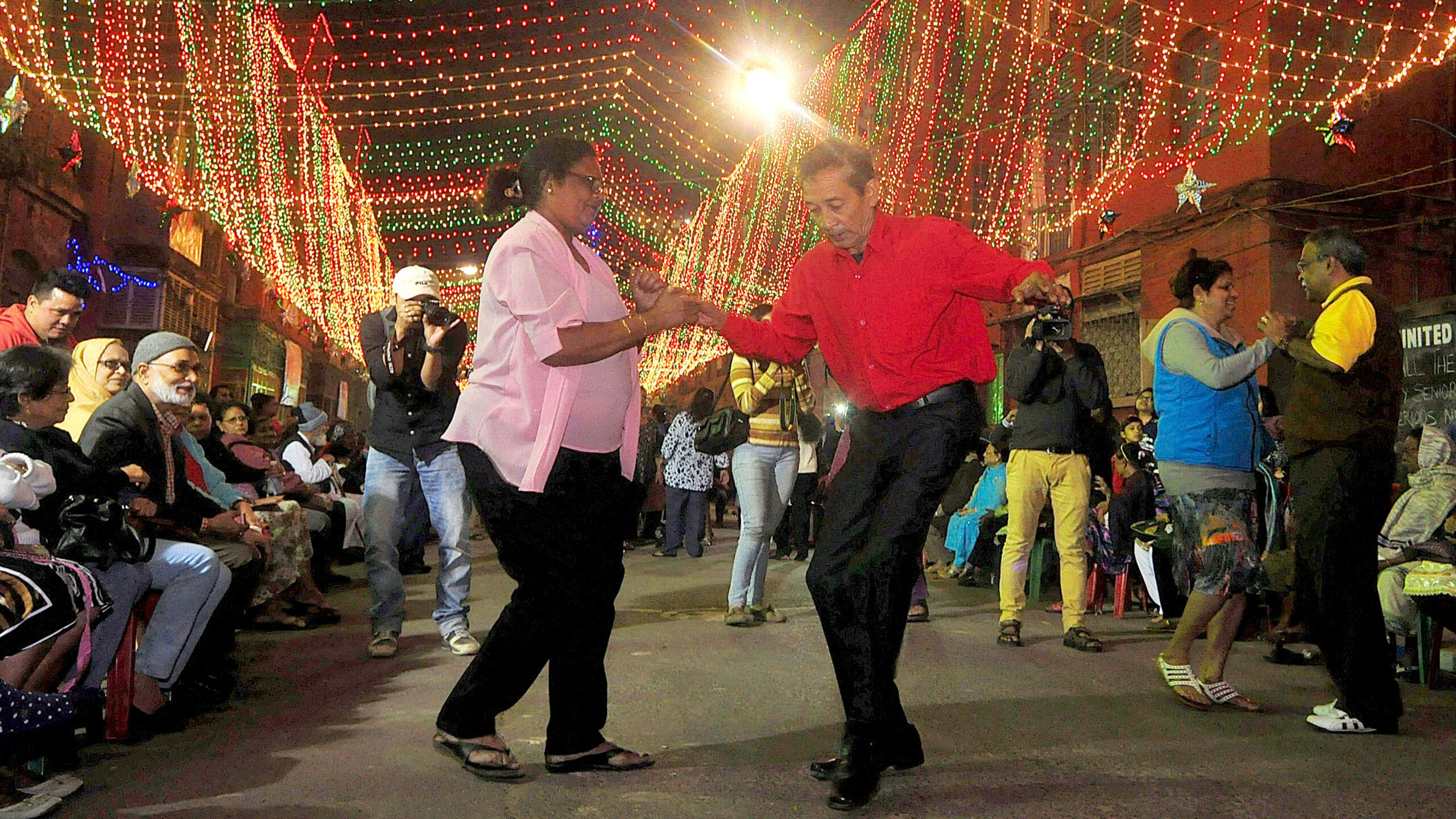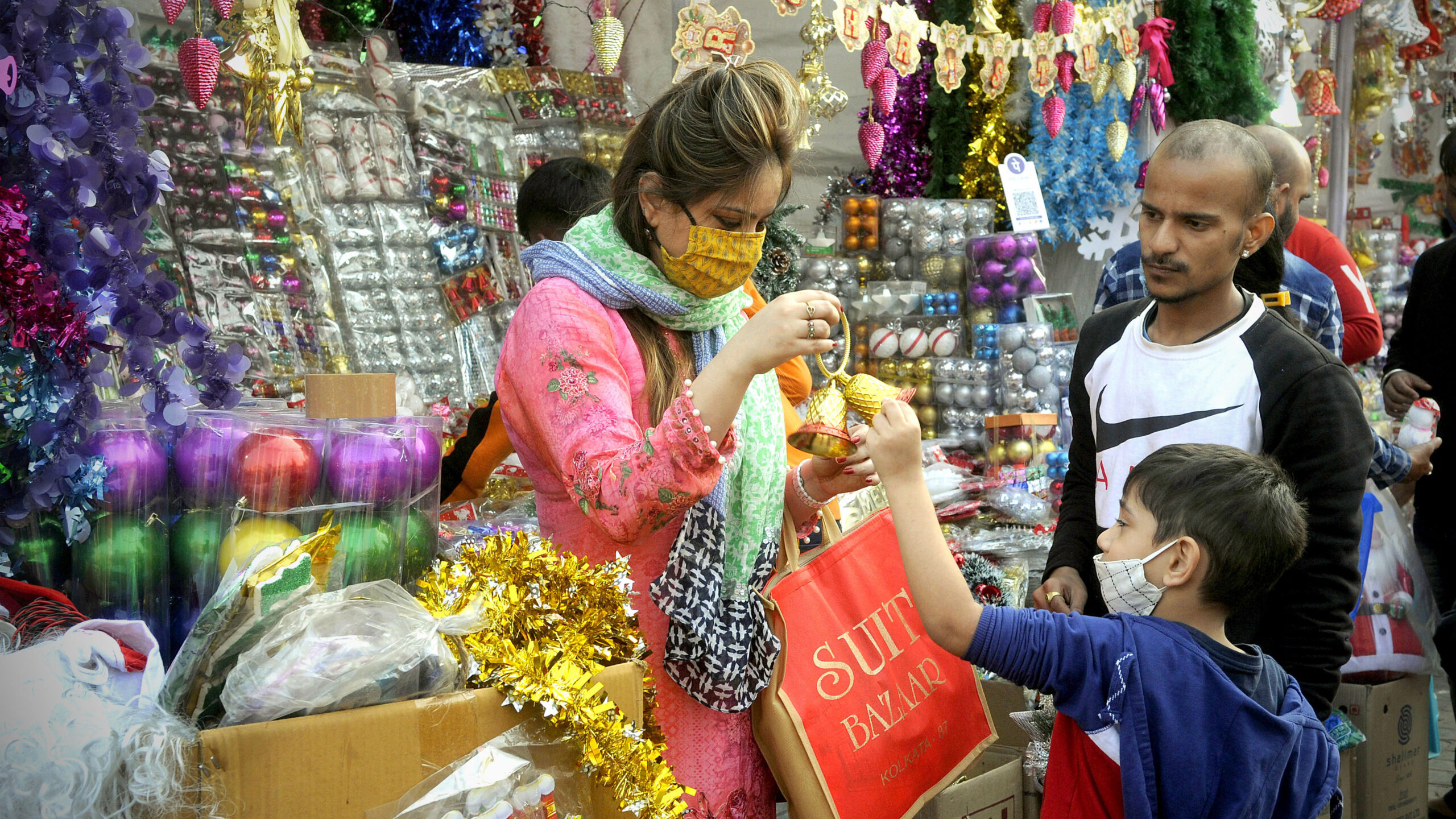
KOLKATA — Midnight mass at St Paul’s Cathedral, dinner at Park Street, and wine from Bow Barracks — that’s how Kolkata celebrates Christmas.
The eastern metropolis of Kolkata — or Calcutta, as it was earlier known — was the capital of the British Empire in India from 1757 to 1911, when it was moved to New Delhi. It was home to many Europeans who celebrated Christmas away from home in style.
Since 1947, when India became independent, the population of Europeans and Anglo-Indians has diminished significantly, but Christmas has continued to be a popular festival.
“Calcutta was a very cosmopolitan city in the 19th and even 20th centuries,” said Anand Puri, partner, Trincas, a popular restaurant in Park Street, the entertainment district of the city.
“A lot of Europeans lived in Calcutta before 1947, or passed through it regularly,” he added. “This set the tone for Christmas as a prominent holiday in the city.”
Trincas opened its doors in the 1930s; it was started by a Swiss couple, Cinzio and Lilly Studer-Trinca. Till the 1960s and 1970s, it was famous for musical performances in the evenings.
Though those days are long gone, Park Street — which has been renamed as Mother Teresa Sarani after the Nobel Prize-winning social worker — is still decked up every Christmas. Patrons queue up in front of their favorite restaurants, such as Mocambo, Peter Cat or Moulin Rouge. The cakes at Flurys, the famous confectionary, are also popular.

But, if you want a taste of the original Anglo-Indian Christmas, you must go down to Bow Barracks, a few kilometers north of Park Street.
It was a barrack for the British army during World War I. When the army moved out, the two rows of red-brick houses were converted into homes for Anglo Indians — defined by the Indian Constitution as people who have a European father or male ancestor.
“Bow Barracks is unique,” Robyn Andrews, senior lecturer in social anthropology programme at New Zealand’s Massey University, told Zenger News. “The Christmas events are organized by Anglo-Indians and held at a location that Kolkata residents identify with the community.”
“The architecture itself allows for a show,” said Andrews, who has also written a book, Christmas in Calcutta. “It allows for a stage, a sound system and lighting for performances. I have attended the evening show several times and thoroughly enjoy the music (Western and Indian) and the wonderful festive vibe.”
The homes are a little disheveled now, and there have been several attempts to evict the residents and redevelop the area. But come Christmas, the tribulations are forgotten, and people throw open their doors to the Yuletide sprit.

Festivities start many days before Dec. 25. The smell of freshly baked cakes and homemade wine wafts in the air in the lanes. Revelers, particularly elderly members of the community, would visit each other on Christmas Eve to play Housie or Bingo.
“Celebrations are on hold this year because of the pandemic,” said Angela Govindraj, general secretary of the Bow Barracks Residents’ Welfare Association.
There will be decorations, but visits have had to be curtailed.
“Everyone celebrates Christmas, but for Christians, it is Burra Din (Big Day),” said Andrews. “Most attend the Christmas mass, sometimes even midnight mass.”
While the one at mid-19th century St Paul’s Cathedral is most famous, drawing a crowd of Christians and non-Christians alike, masses take place at almost all other churches in the city.
“After mass, they (Anglo-Indians) enjoy their particular cuisine and go to parties at hotspots such as Dalhousie Institute, Calcutta Rangers Club, The Grail Club, and of course, Trincas,” said Andrews.
“Some songs that continue to be popular are ‘White Christmas’, ‘Silent Night’, ‘I’ll be Home for Christmas’, ‘Santa Claus is Coming to Town’ and of course, George Michael’s ‘Last Christmas’,” said Candace Gray, who has been performing at Trincas for 25 years.
“Our community has produced several musical successes such as Cliff Richard and Engelbert Humperdinck,” said Priscilla Corner, co-owner of June Tomkyns, Kolkata’s iconic beauty salon.
Remembering the Christmases of her childhood, Corner — also a poet and an actor — said her mother would usually throw a gala lunch.
“There would only be iconic Anglo-Indian dishes,” she added.

Anglo-Indian cuisine has been praised around the world for robustly mixing the East and the West. Some classics are vindaloo (an Indian curry with a strong Portuguese influence), ball curry (spicy meatball curry), and yellow rice (a saffron-infused rice dish).
“Their food, even when eaten at a table, with a cloth, off china, leans heavily to the Indian,” writes Irwin Allan Sealy in his essay “The Anglo-Indians”. “Even where the cook attempts a European dish the tropical kitchen imposes its regime. True the baker, with his risen bread and cakes and biscuits, has a ready market in the Anglo quarter, but at the same time the Anglo housewife’s meat is highly spiced, her vegetables seasoned… And yet in desserts they take on board extravagances no Indian would recognize.”
One such dessert was the flaming Christmas pudding — a showstopper at any meal. Brandy would be used to light the pudding on the table.
“That tradition is lost because no one has the time for such an elaborate affair now,” said Lawrence Hartnett, former principal of the Assembly of God Church School.
In recent years, the Anglo-Indian community too has seen its numbers shrink, with many people migrating out of the country. In December last year, Prime Minister Narendra Modi’s government passed a law amending the Constitution to remove the provision of nominating a member of the Anglo-Indian community to the parliament.
While introducing the law in the Lok Sabha, the lower House of the parliament, Law Minister Ravi Shankar Prasad had said there were only 296 Anglo-Indians in the country.
But the number has been contested by the community.
“What facts and figures, data and research material have been collected and collated, based on which the cabinet has taken its decision?” said Barry O’Brien, president of All-India Anglo-Indian Association, in a letter to the prime minister. “Is it true that the government is estimating the number of Anglo-Indians in India today to be far less than its actual number of several lakhs [700,000]? And if indeed that is true, how has that grossly incorrect and inaccurate figure been arrived at?’’
Others, too, are unconvinced by the figure.
“I was astounded when I heard it as I know at least that many Anglo-Indians personally,” said Andrews. “Since 1951, Anglo-Indians have not been enumerated in the 10-yearly Census. So there is no national collection of data as there is for other minority groups, like the Parsis, who can be distinguished from others by religion or language in some cases.”
Covid-19 and diminishing numbers notwithstanding, the Anglo-Indian community in Kolkata is getting ready to celebrate Christmas this year.
“It is going to be a strictly family affair as friends and relatives from abroad won’t be able to visit us owing to travel restrictions,” said Hartnett.
(Edited by Uttaran Das Gupta and Anindita Ghosh )
The post Flaming pudding and carols — Christmas the Anglo-Indian way appeared first on Zenger News.
